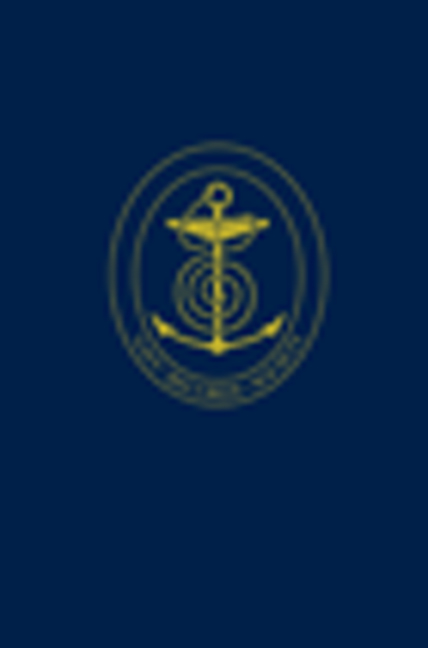 The Durham Papers
The Durham Papers Book contents
- Frontmatter
- Miscellaneous Frontmatter
- Dedication
- Contents
- General Introduction
- Part I From Acting Lieutenant to Master and Commander, 1781–1790
- Part II Sloop Commander, 1793
- Part III Frigate Captain, 1793–1802
- Part IV Ship-of-the-Line Captain, 1803–1810
- Part V Flag-Officer, 1810–1813
- Part VI Commander-in-Chief, Leeward Islands, 1813–1816
- Part VII Lowland Laird, and Commander-in-Chief, Portsmouth, 1836–1839
- Part VIII Epilogue
- Sources and Documents
- Index
- Miscellaneous Endmatter
Part IV - Ship-of-the-Line Captain, 1803–1810
Published online by Cambridge University Press: 04 May 2024
- Frontmatter
- Miscellaneous Frontmatter
- Dedication
- Contents
- General Introduction
- Part I From Acting Lieutenant to Master and Commander, 1781–1790
- Part II Sloop Commander, 1793
- Part III Frigate Captain, 1793–1802
- Part IV Ship-of-the-Line Captain, 1803–1810
- Part V Flag-Officer, 1810–1813
- Part VI Commander-in-Chief, Leeward Islands, 1813–1816
- Part VII Lowland Laird, and Commander-in-Chief, Portsmouth, 1836–1839
- Part VIII Epilogue
- Sources and Documents
- Index
- Miscellaneous Endmatter
Summary
With the Treaty of Amiens (25 March 1802) Durham found himself ‘on the beach’ for the first time since the start of the Revolutionary Wars. He and Lady Charlotte spent some of this interval of peace in Scotland, as well as at their London home in Gloucester Place. On 10 April 1803, amid rumours of impending war, Durham was appointed to the 98-gun Windsor Castle, fitting out at Portsmouth. Following the declaration of war on 18 May he was transferred to the 74-gun Defiance, undergoing repairs at Portsmouth prior to joining the Channel Fleet. On 2 June he took command of that ship – described as ‘the fastest-sailing ship of her rate in the Navy’ – and in her, following a period of activity off Brest under Cornwallis [222], he fought in Sir Robert Calder’s action off Cape Finisterre in July 1805 and at Trafalgar. The Defiance was assigned to Calder’s squadron in the spring of 1804, and on 22 July 1805 signalled Calder that Villeneuve’s fleet was in sight. Durham never forgave Calder for neglecting to mention that fact in despatches that told of the ensuing action, and despised him for failing to re-engage the French the next day. The following extract from a despatch, in the London Gazette Extraordinary of 31 July 1805 (reprinted in The Times the following day), further illustrates the snub to Durham: ‘Yesterday at noon, lat. 43 deg. 30 min. N, long. 11 deg., 17 min. W., I was favoured with a view of the Combined Squadrons of France and Spain …’
When, after Trafalgar, the Defiance returned to England for repairs, Durham unhesitatingly played his part in stirring up that feeling against Calder which led to the latter requesting a court martial on himself. Embittered, and determined to fight under Nelson, whom he had met in the Admiralty Waiting Room early in September, Durham on joining Nelson’s force off Cadiz refused the option of returning home with Calder to give evidence as two other the captains did [252], and thus shared in the glory of battle, in which he was ‘slightly’ wounded by a large splinter: wrote the young Countess of Elgin to her husband, Durham’s brother-in-law, on 3 December: ‘Durham is arrived at Spithead – he was not wounded in the mouth, in the leg and side – he feels it a good deal.’
- Type
- Chapter
- Information
- The Durham PapersSelections from the Papers of Admiral Sir Philip Charles Henderson Calderwood Durham G. C. B. (1763-1845), pp. 123 - 222Publisher: Boydell & BrewerFirst published in: 2024
